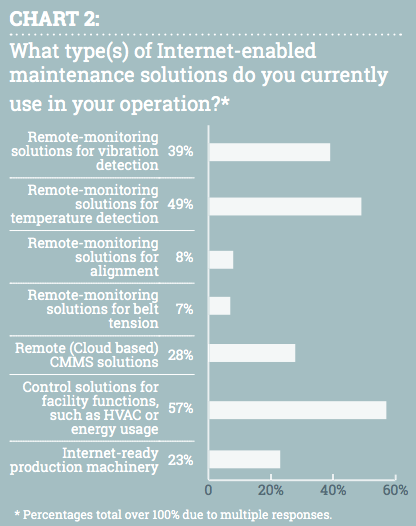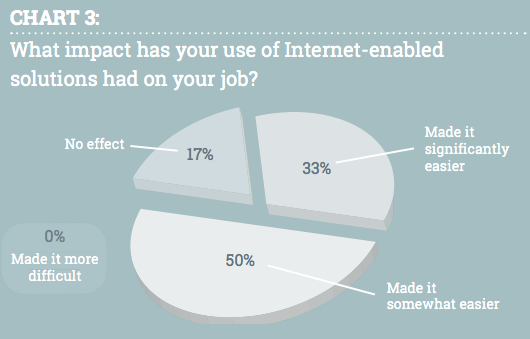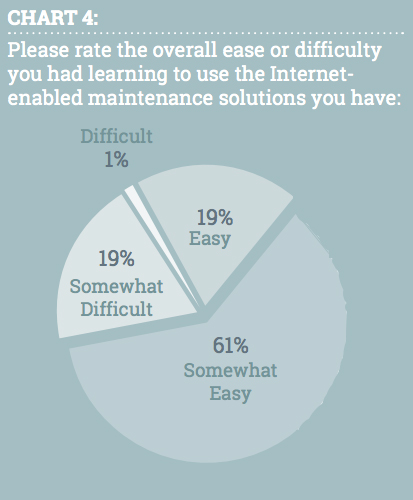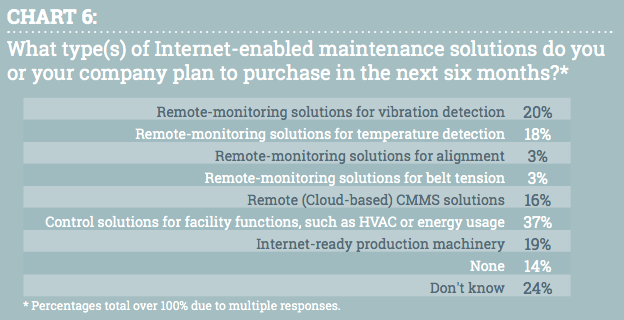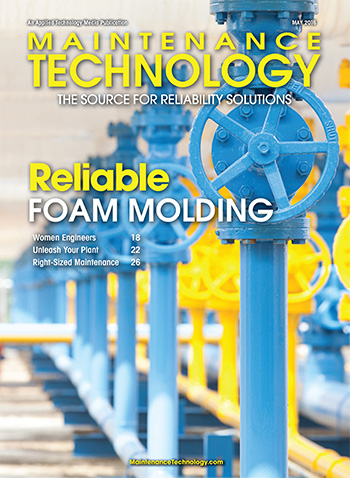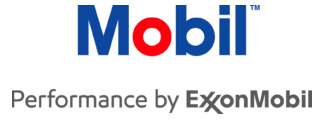The economic impact on manufacturers that haven’t bought into the idea of failure-free operation is easy to determine and, more important, enormous.
By Al Poling, CMRP
Although experts have espoused the virtues of equipment reliability for decades, countless manufacturing operations still suffer significant and unnecessary downtime due to equipment failure. Apparently these manufacturers haven’t bought into the benefits of failure-free operation. What will it take to get them to accept the time-proven benefits of reliability? Perhaps they will never be convinced by examples of other manufacturing operations, believing that they are somehow unique. If the benefits derived through reliable operation won’t lead them to change, perhaps an examination of the true cost of unreliability will.
The big picture
Businesses operate under the basic equation of: profit = sales minus cost. Although equipment failures affect both sides of the equation, this article focuses on the impact of unreliability on maintenance costs—typically the largest fixed costs in a process-industry manufacturing facility. End users can apply the following calculations from a hypothetical plant to their own business and develop an order-of-magnitude estimate of the impact of unreliability on maintenance costs at their site(s).
For purposes of these calculations, let’s assume our hypothetical operation has a plant replacement value (PRV) of US$1 billion and a resident maintenance workforce of 150 craft-level employees.
Maintenance-labor cost
Maintenance costs in a plant include those for skilled craft labor to repair and restore equipment to good operating condition following a failure. The current average U.S. Gulf Coast, fully loaded, maintenance skilled-craft wage rate is approximately $45/hr. Using the U.S. standard of 2,080 hr./man-year, with an estimated overtime rate of 5%, the cost/year/skilled craft worker is approximately $100,000. Consequently, 150 skilled craft workers will cost approximately $15 million/year. In terms of man-hours, including overtime, the number is about 300,000 man-hour/year.
Benchmarking studies have confirmed that best-performing plants average 1% downtime due to unreliability/year, while average performers suffer 7% downtime due to unreliability. These numbers include annualized downtime for turnarounds. To calculate the annualized downtime for turnarounds, simply take the total downtime for your last turnaround and divide it by the number of years between turnarounds. A 30-day turnaround taken every three years equals 10 days of annualized downtime due to the turnaround alone.
Best performers average less than four days of downtime/year due to unreliability, including annualized downtime for turnarounds. Average performers endure more than 25 days of downtime/year due to unreliability.
There is a direct correlation between the number of equipment failures and the number of craft workers required to effect repairs. In theory, the average-performing manufacturer would have seven times more maintenance craft workers than the best performer. That, however, is in theory only. Achieving and sustaining failure-free operation requires truly skilled craft workers and, even they have to focus their efforts on failure avoidance instead of repair.
Work sampling studies have revealed that the efficiency of maintenance-craft workers is extremely high in highly reliable operations, as their work is well defined and scheduled in advance. In comparison to reactive maintenance, schedule interruptions happen on an exception basis in a failure-free environment. Instead of seven-times as many skilled craft workers needed in an average-performing plant, we’ll estimate (conservatively) that the number is half that (or three and a half times).
With regard to maintenance labor, the cost of unreliability is the difference between the number and associated cost of skilled craft workers required to support a reliable operation versus an unreliable one. Assuming that the aforementioned 150 such workers, costing $15 million/year, are working in an operation suffering average unreliability, the additional maintenance labor costs are 70% of the total—$10.5 million/year. In this example the true cost of unreliability in skilled craft workers is an additional 105 such workers costing an additional $10.5 million/year, whereas a reliable operation would only need 45 skilled craft workers. This calculation does not factor in the elimination of overtime that would be found in a failure-free environment. While equipment still fails, the impending failure is discerned well in advance so repairs can be made during normal maintenance work hours.
Maintenance-material cost
Repair material is another major element of maintenance costs. Unfortunately, the ratio of maintenance-material cost to maintenance-labor cost varies by region due to differences in the prevailing wage and the availability (or lack) of repair materials. Equipment’s material of construction also factors into material-to-labor ratios.Maintenance-material cost
A reasonable hypothesis is to use a one-to-one ratio of maintenance material to maintenance labor. Applying this ratio to our hypothetical plant with 150 maintenance craft workers at a cost of $10.5 million/year means the site spends another $15 million on maintenance-repair material annually. Using the same approximation as we used with maintenance labor, 70% of these material costs would be avoidable if the plant were operating in a failure-free mode. In monetary terms, this represents yet another $10.5 million attributable to unreliability.
Equipment-replacement cost
In consequential failures, equipment cannot be repaired and, thus, must be replaced. Benchmarking studies have shown that manufacturing operations running their equipment to failure spend exponentially more than best performers spend on maintenance capital, i.e., equipment replacement.Equipment-
replacement cost
Manufacturers that take care of their equipment and embrace failure-free operation derive extraordinary service-life from that equipment. Conversely, those who operate in a run-to-failure mode wear out equipment quickly.
Run-to-failure is a particularly costly maintenance strategy. Best performers will spend 1% or less of their PRV each year to replace equipment that has reached the end of its useful life. In contrast, average performers will spend 3% to 5% annually on replacement equipment. Determining the true cost of unreliability, therefore, requires factoring in the price tag for equipment replacement.
A reasonable assumption is that best performers spend 0.5% of PRV and average performers spend 4% of PRV on annual equipment replacement. That means, based on our hypothetical plant, with a PRV of US$1 billion, a best performer would be spending approximately $5 million annually on equipment replacement due to unreliability, and an average performer would be spending approximately $40 million annually. Thus, in our hypothetical example, the true cost of unreliability reflects an additional $35 million/year for equipment replacement.
Additional costs
Another significant maintenance cost involves maintenance administration and staff. Granted, there is not a direct correlation between the number of maintenance salaried personnel and maintenance wage personnel. Still, there are common ratios of salaried to hourly wage personnel—and they differ dramatically between better and poorer performers. Merely reducing numbers of skilled craft workers, though, doesn’t translate to an equal percentage reduction in staff. For example, in average-performing operations, there may be more maintenance supervisors, but the ratio of craft to supervisor positions is higher. In best-performing operations, the ratio of maintenance supervisors to craft personnel is lower. This situation results from recognition of the value of maintenance supervisors as facilitators who can greatly enhance the efficiency of a maintenance workforce.Additional costs
A similar condition exists with maintenance planners. Poor performers have larger numbers of skilled craft workers/maintenance planners—with some of the worst performers in the range of 60:1. An individual maintenance planner can’t effectively serve such a large number of skilled craft workers—and is likely operating in a reactive mode, expediting materials or performing other duties required to support reactive maintenance.
In contrast, the ratio of skilled craft workers to planners at a best-performing site is more apt to be in the 20:1 range. With this type of ratio, a planner can prepare detailed job plans, procure materials, and efficiently perform other planning functions. The net result is that there will be no appreciable administration and staff cost savings in moving from a run-to-failure to failure-free environment. This is due to changes in ratios of craft to staff positions and the redeployment of some personnel from reactive work to proactive functions that are needed to support failure-free operations.
Additional maintenance costs affected by unreliability involve facilities, including offices, shops, break rooms, restrooms, and related infrastructure costs. Rolling-stock requirements can also be affected, as can various support staff outside of the maintenance function, such as human resources, training, and safety. Generally speaking, though, there is no substantive reduction in administration, staffing, and related cost categories as a result of reducing and/or eliminating unreliability.
The bottom line
As discussed here (and shown in the accompanying sidebar), the true cost of unreliability is enormous. By adding up the previously noted line-item maintenance costs for our hypothetical plant, we can see that unreliability amounted to a staggering $56 million (or 80%) of unnecessary spending for maintenance labor, materials, and equipment replacement costs.
Given this type of economic impact of unreliability, why don’t all manufacturing operations transition from failure-prone to failure-free environments? Unfortunately, there’s no single root cause. Many factors contribute to the situation. Among them:
The constant distraction of equipment failures is akin to putting out fires. Consequently, everyone is so focused on reacting that they believe they can’t take the time to implement measures to avoid the failure. A fairly simple solution here would be to devote a small number of employees to developing and implementing plans to avoid equipment failures. For this approach to be effective, however, those proactive resources can’t be dragged back into firefighting mode. Otherwise, nothing will improve.
Poorer-performing operations rarely have a strategic plan or, if they do, it’s typically mere window-dressing written to satisfy corporate management. Without a well-thought-out vision or mission, plant personnel will naturally accept the status quo as the normal mode of operation.
There is a lack of leadership in poorer-performing manufacturing operations. Either the current management lacks the requisite leadership skills or there are no incentives positive or negative to change the status quo. Humans respond to stimulus. If there are no consequences for being unreliable, nothing will change. Conversely, if there are no rewards for becoming reliable, or if the existing reward system somehow perversely rewards unreliable behavior, nothing will change. Better-performing manufacturing operations typically share the benefits of failure-free operation with all employees. As a result, everybody has a stake in improved reliability.
While this discussion used a hypothetical manufacturing site to illustrate the true cost of unreliability, the same ratios can be applied to obtain an order-of-magnitude estimate of the cost of unreliability for your operations. Remember, though, that someone needs to take the initiative before improvement can begin. MT
Al Poling has more than 35 years of reliability and maintenance experience in the process industries, many of them spent in engineering and corporate-leadership roles with several companies. A Certified Maintenance and Reliability Professional (CMRP) through the Society for Maintenance and Reliability Professionals (SMRP), he served as technical director of the organization from 2008 to 2010. Prior to starting his own consultancy, Poling served as the project manager for Dallas-based Solomon Associates’ International Study of Plant Reliability and Maintenance (RAM) Effectiveness, during which he worked with clients to identify performance improvement opportunities through benchmarking. For more information, contact al.poling@ramanalytics.net.
Unreliability: A Very Expensive Proposition
The three largest maintenance-cost categories affected by unreliability are maintenance labor, maintenance material, and maintenance capital, i.e., equipment replacement. In our hypothetical manufacturing operation with a plant replacement value (PRV) of US$1 billion and resident workforce of 150 skilled craft workers, we can calculate the cost of unreliability individually and collectively as follows:
$70,000,000 = Total current annual maintenance cost for labor, material, and maintenance capital, i.e., equipment replacement.
80% = Percentage of the total maintenance labor, maintenance material, and maintenance capital spent unnecessarily due to unreliability.
At first glance, these figures may appear unrealistic. They’re not. The harsh reality is that unreliable operation is very expensive for any manufacturer, regardless of size.
 “The Business Case for Asset Reliability”
“The Business Case for Asset Reliability”
“Choose Reliability or Cost Control”
“The Risk Is In The Management”
“Reliability Business Case: Conversion Costs”
 By Grant Gerke, Contributing Editor
By Grant Gerke, Contributing Editor








